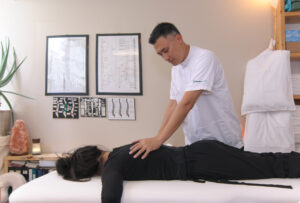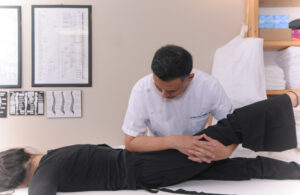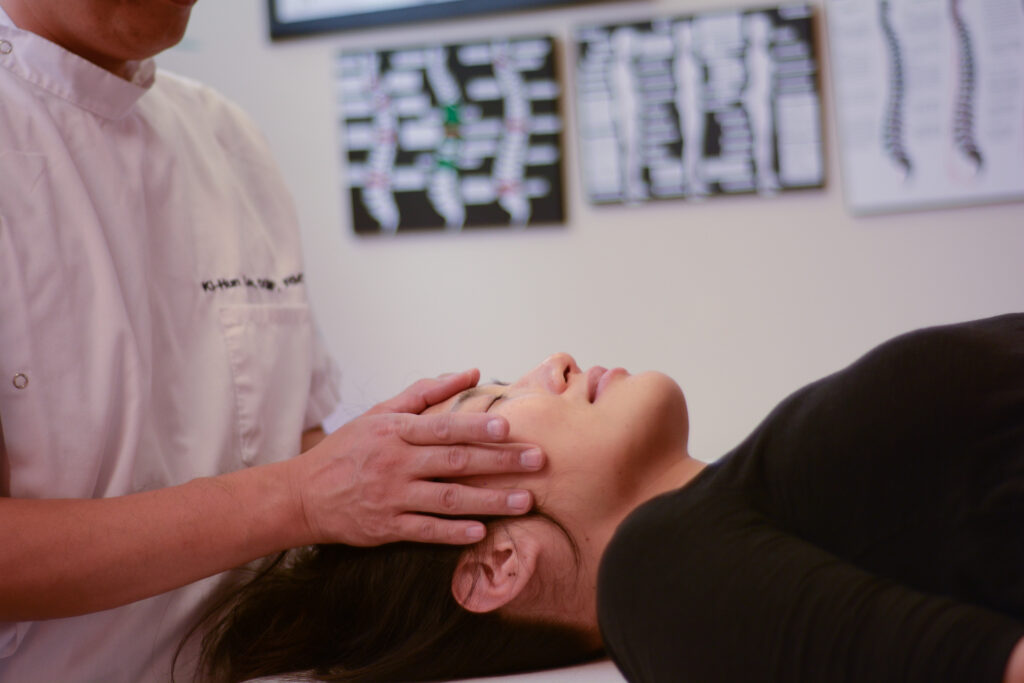Chronic pain is a complex condition that often lacks a clear cause, yet its impact on daily life can be profound. Traditional medical approaches tend to focus on managing symptoms—often through medication or localized treatment—rather than addressing the underlying causes. While such methods may provide temporary relief, they can overlook deeper structural or functional imbalances and sometimes lead to dependency on painkillers over time.
Osteopathy offers a holistic alternative that goes beyond symptom management. It views the body as an interconnected system in which every part influences the whole. Imbalances in one area can affect distant regions and disrupt the body’s natural function. By restoring structural alignment, improving mobility, and enhancing circulation, osteopathy helps the body re-establish balance and supports its intrinsic ability to heal.
During a treatment, the Osteopathic Manual Practitioner will gently and precisely maneuver your body to assess and treat it simultaneously. A variety of non-invasive, yet highly effective manual techniques are applied, guided by the quality and response of your body’s tissues throughout the session. These techniques are designed to relieve tension, improve movement, and encourage optimal communication between the nervous, circulatory, and musculoskeletal systems.
Osteopathy also acknowledges that chronic pain is influenced by more than just physical injury. Emotional stress, lifestyle factors, and social conditions all contribute to how pain is experienced—a concept known as the biopsychosocial approach. By taking these interconnected factors into account, the practitioner aims to uncover and address the root causes of discomfort, fostering long-term relief and overall well-being.
Through this comprehensive, patient-centered approach, osteopathy empowers individuals to move beyond pain and restore vitality—naturally and sustainably, without sole reliance on medication.












